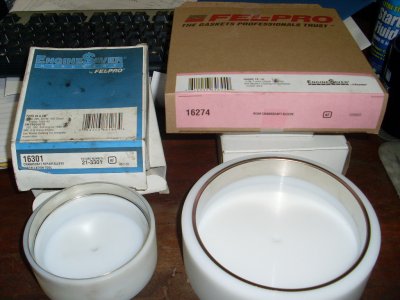A 3304 would be my choice, of course if a guy could get it to fit.
Back to the point, I think if someone wanted to hop up his factory engine pickup or wanted one that would be hot from the factory; he should then go buy one that suits his needs. Be it a PSD, later Cummins, Hemi whatever. Our old mellow diesels are made to be just that "mellow" and reliability usually goes hand in hand with that. It seems that every since 94, diesel on-road engines are in a huge power and performance war and reliability has gone down hill ever since. I don't think too many folks will argue that point. We have lost the good ol' diesels of yesteryear that just chug away all day long without causing a fuss. This now goes for off-road diesels as well. I run heavy equipment quite often at work and the new **** that we use is constantly having electrical glitches, afterburner issues, no start conditions and not to mention everything is governed to the titts. SURE, they have the big power but at the end of the day, the job only needs to get done safely and on time...and the old rigs, pickups and equipment did just that. Just yesterday I spent 7 hours clearing heavy snow at work with a 1969 D6C dozer. It only runs about 2 or 3 times a year and it did just great!!! No issues at all, just chugged away like it should.
The old Cats were notorious for being over bladed and under powered, but thats what made them last!!! They didn't tear themselves apart. I could rattle off a dozen examples of types equipment I have seen or used that had the big power, but spent MANY hours in the shop for repair. Compare a D6C or D to a IH TD6. The IH would tear themselves to pieces. I remember talking to an old timer saying that in the oil fields, the night sky would be lit up with welding machines repairing IH dozers, while the Cats were in bed sleeping. Night after night. And he was an IH dealer hahaha.
So if an idi doesn't have enough jam for you, may it be a 6.9/7.3 or whatever....then go out and get a hot rod. Same with all the young generation hot rodding civics. They wreck one good car after another with all their mods. after a months it ends up having a cloud of blue smoke behind it wherever they go. Or people who buy a diesel just so they can blow smoke....c'mon!!! Grow up.
Our idis have their clientele and so do the cummins and PSD's. Just a matter of doing some research to see what meets YOUR needs.

